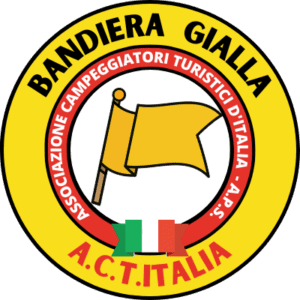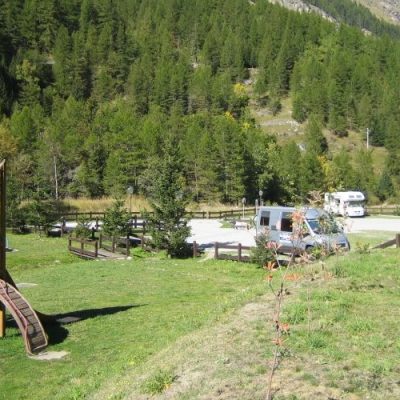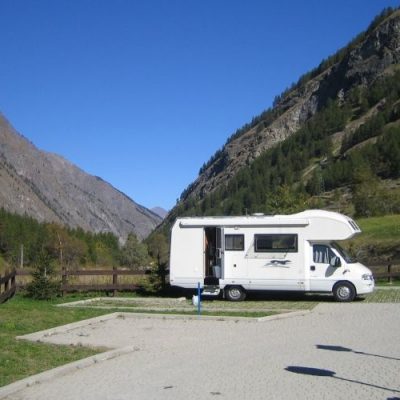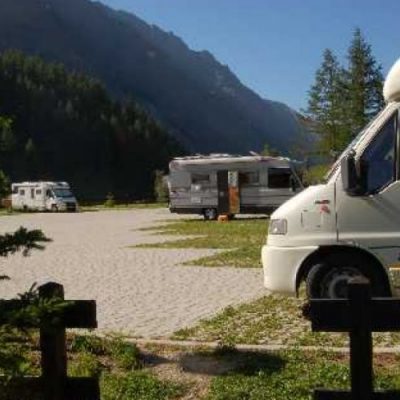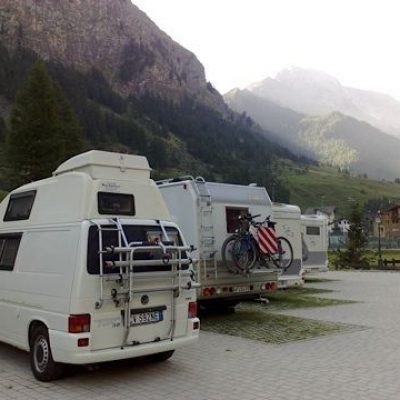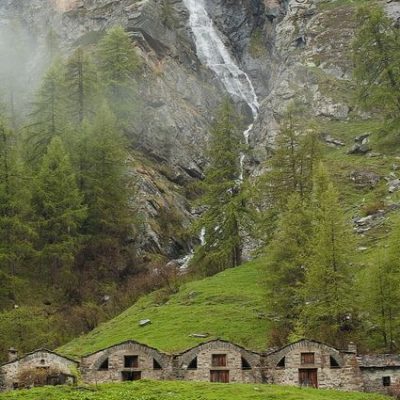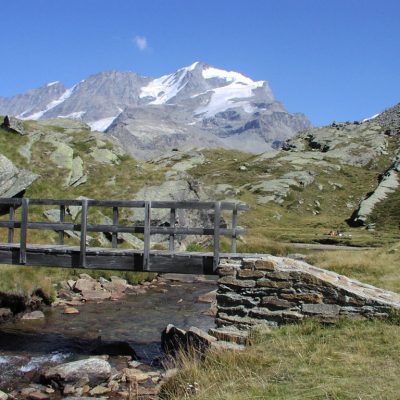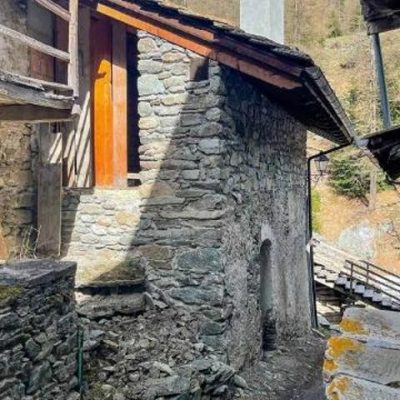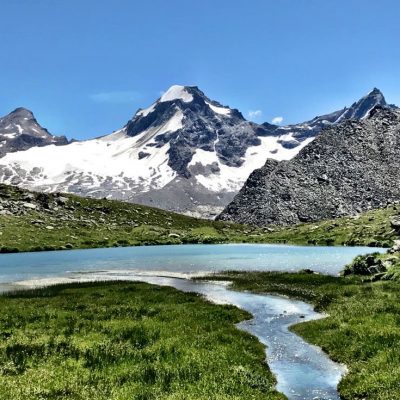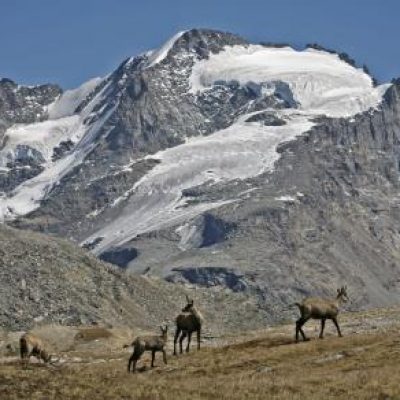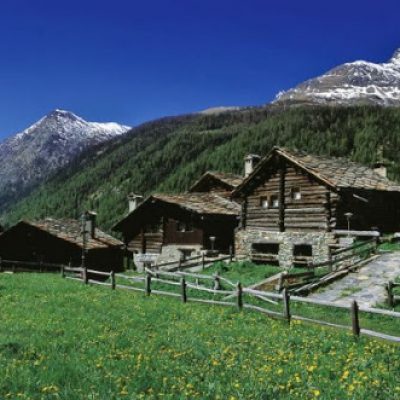Valsavarenche

The Staging Area
Municipal parking area with 11 camper and caravan sites, on self-parking, 100 mt from the town center.
The area is equipped with water loading/unloading (no electricity), chargeable, free in summer. Payments at Bar Lo Granì (50 m), City Hall (100 m), Tabaccheria (250 m), Bar Lo Fourquin (250 m), marking the license plate of the vehicle. The ticket should be prominently displayed behind the windshield to allow checks by city officials (frequent checks).
Not usable in winter (October/Easter) as it is located in avalanche risk zone.
Address:
SR23 loc. Degioz – 11010 Valsavarenche (Aosta).
GPS COORDINATES:
N 45.592240, AND 7.208400
CONTACTS:
Tel: +390165905703
E-mail: info@comune.valsavarenche.ao.it
All Services

Paid admission Free in Summer

Seasonal Opening April-September

Water Load

Waste Water Discharge

Empty-Cassette Service

Grass Fund

Fenced Area

Playground 100 m away

Illuminated Area

Pets Allowed

Bar
More Info
Valsavarenche, located within the Gran Paradiso National Park, is the wildest of the Aosta Valley valleys. It is a scattered municipality in the sense that it does not consist of a single agglomeration, but of several hamlets. The town hall is located in Dégioz along with the Park Visitor Center. Its tourism is hiking in summer and snow-related in winter. Monuments and places of interest in the valley include the Gran Paradiso National Park, the villages of Nex and Tignet with typical medieval alpine architecture, and Eaux Rousses, a small town whose rock formations possess a typical red color due to iron salts.
Valsavarenche is a place mainly frequented by hikers, attracted by the many trails within the protected area, where it is easy to come across wild animals such as chamois, ibex, marmots, and foxes.
In the hamlet of Degioz, in the municipality of Valsavarenche, is the visitor center, inside which is an exhibit on predators and the lynx, its rapid disappearance and slow recolonization of the alpine territory.
On the second Saturday of August, “Fiha di Civet,” the chamois festival, is held. The meat, marinated for a few days in plenty of wine flavored with spices, is then stewed resulting in a dish with a particularly robust and aromatic flavor typical of mountain areas.
On August 15, however, the “Mountain Guide Festival” is celebrated, with climbing demonstrations, entertainment initiatives and torchlight procession.
